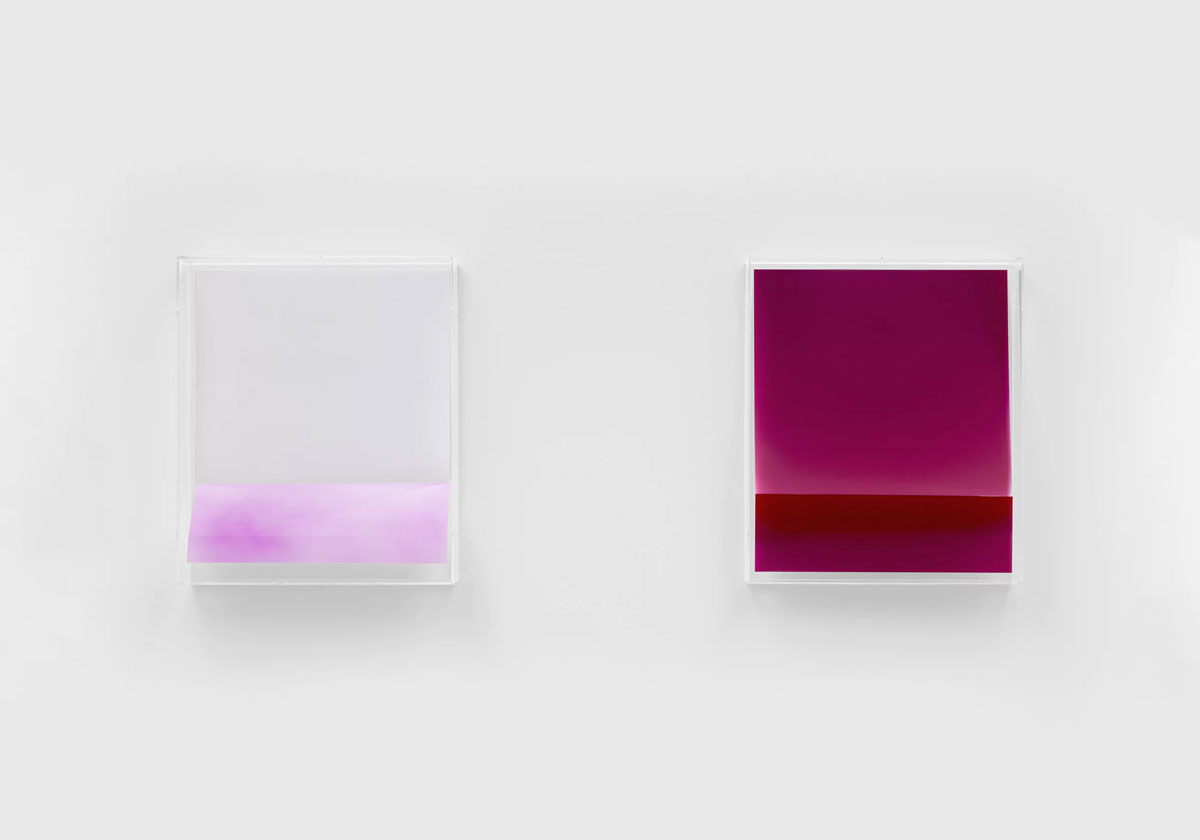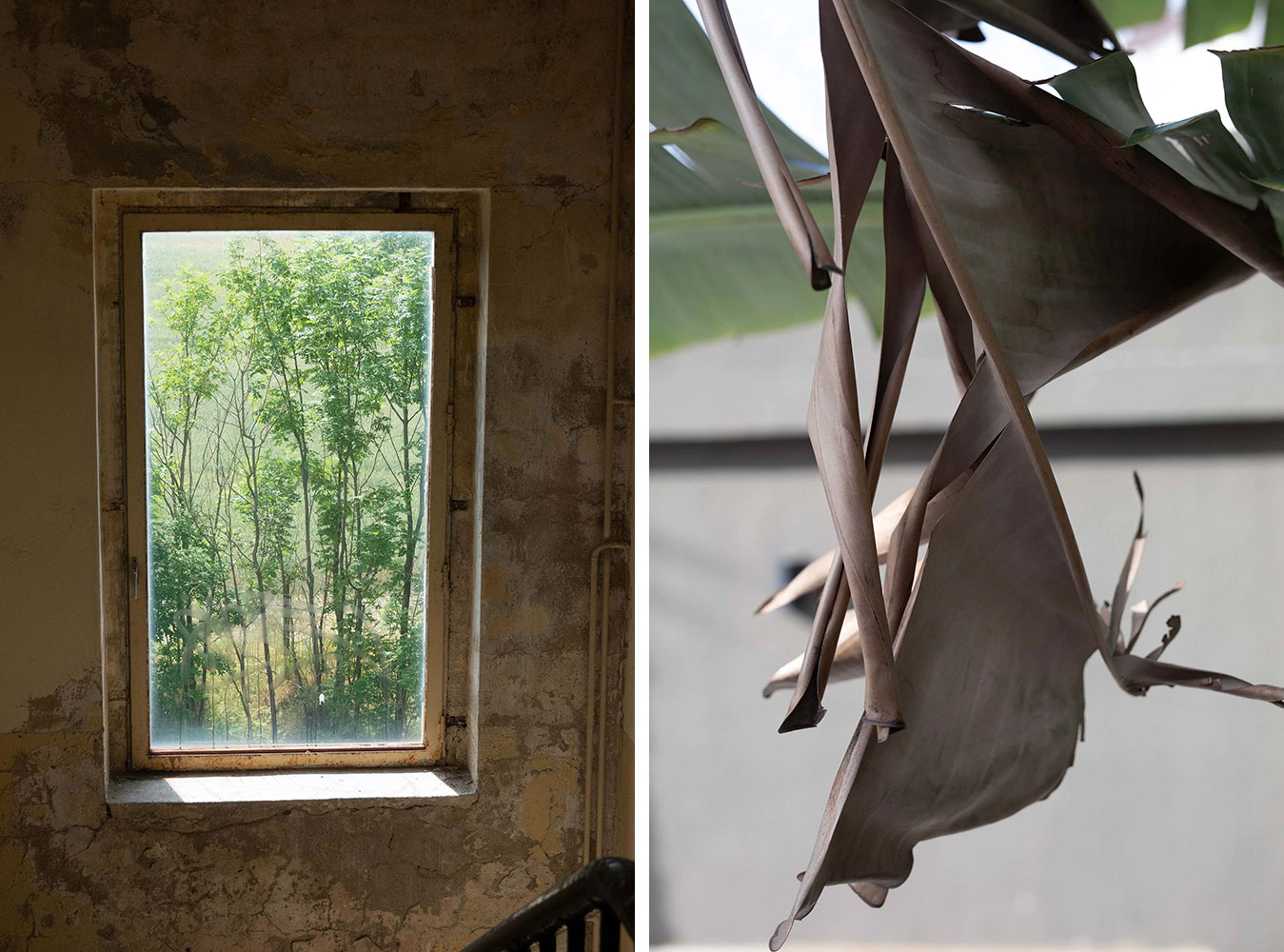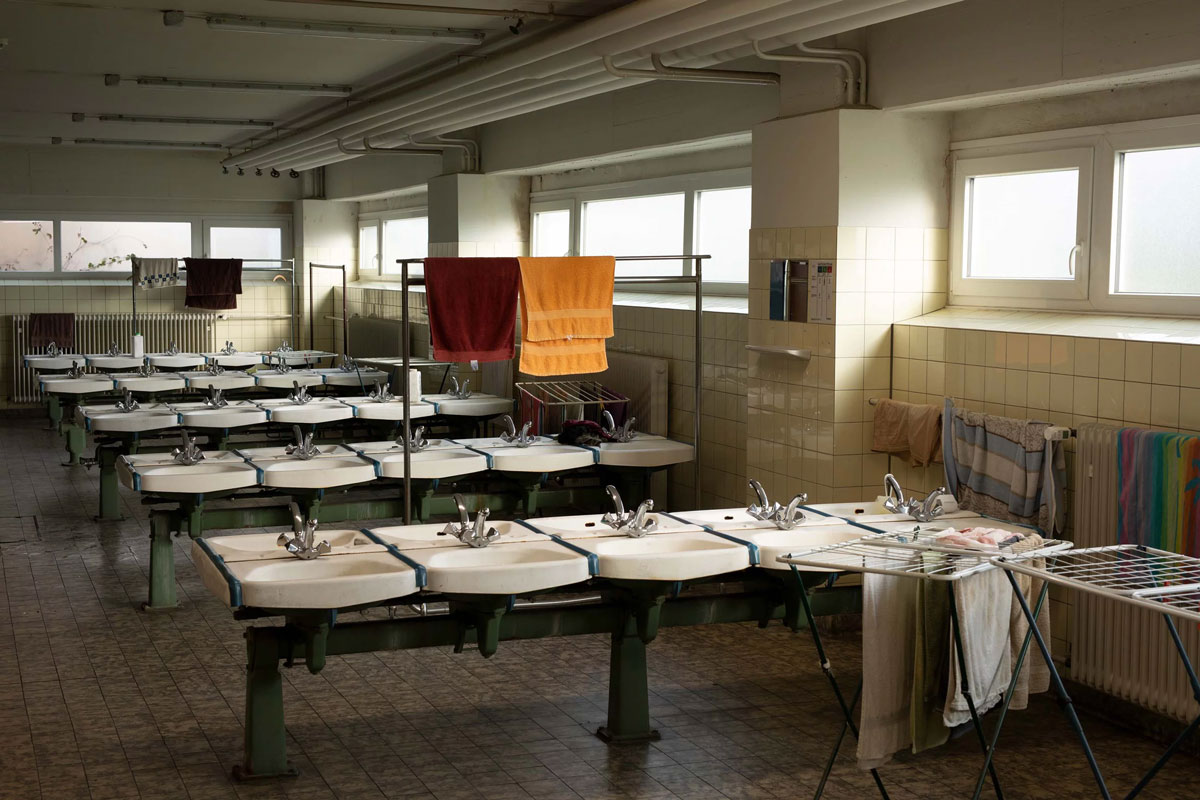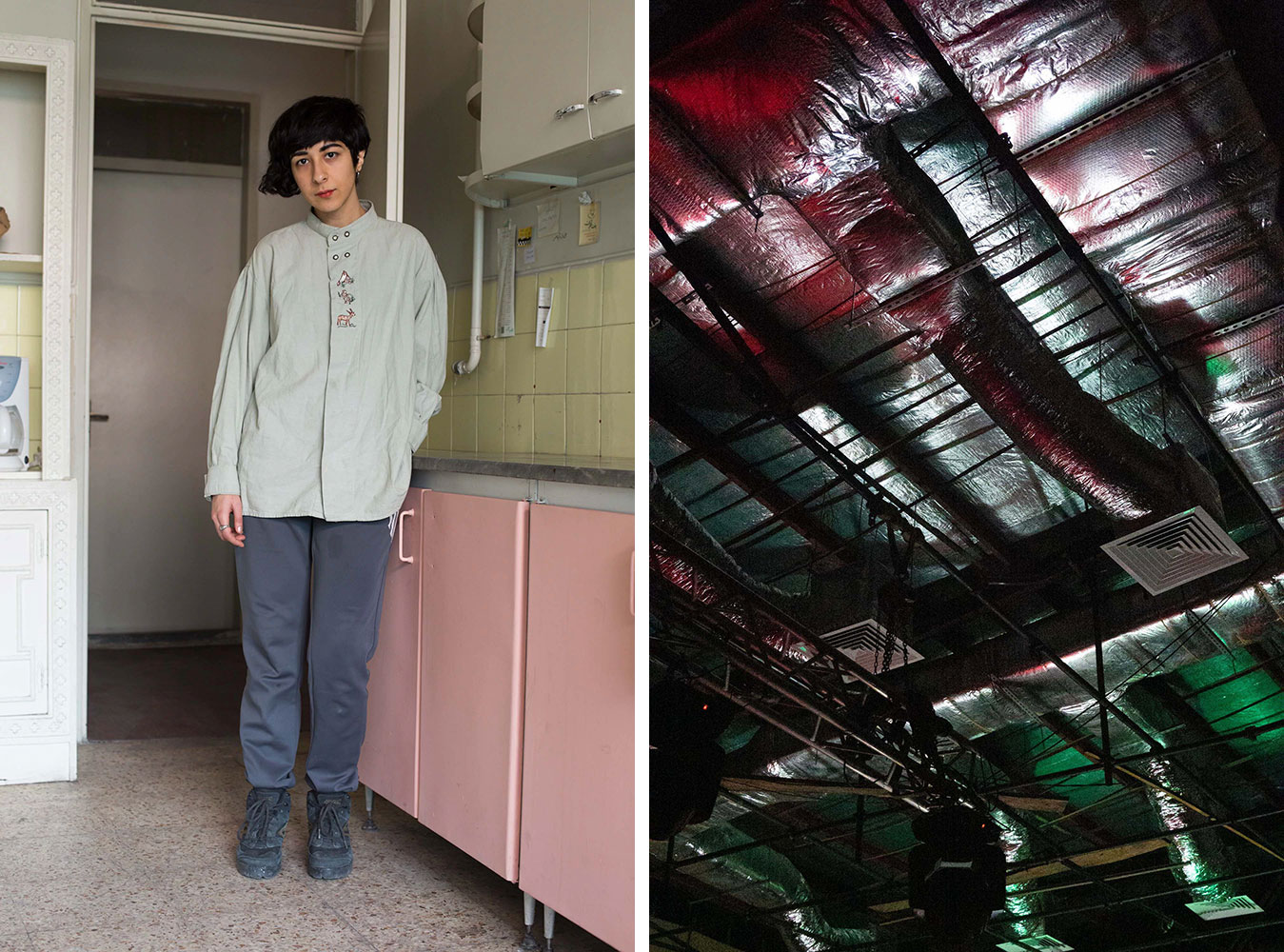PHOTO: Wolfgang Tillmans-Fold Me
 Wolfgang Tillmans has earned recognition as one of the most exciting and innovative artists working today. First rising to prominence in the ‘90s for his photographs of everyday life and contemporary culture, Tillmans has gone on to work in an ever greater variety of media and has taken an increasingly innovative approach to staging exhibitions. In 2000, he was the first photographer and first non-British artist to receive the Turner Prize.
Wolfgang Tillmans has earned recognition as one of the most exciting and innovative artists working today. First rising to prominence in the ‘90s for his photographs of everyday life and contemporary culture, Tillmans has gone on to work in an ever greater variety of media and has taken an increasingly innovative approach to staging exhibitions. In 2000, he was the first photographer and first non-British artist to receive the Turner Prize.
By Dimitris Lempesis
Photo: David Zwirner Gallery Archive
Wolfgang Tillmans’ solo exhibition “Fold Me” features an entirely new body of work by the artist. A fold is an encounter of the inside and the out, a change of direction leaving a physical impression. In his work, Tillmans invites an interplay of chance and control, of consideration and coincidence, of process and time. He folds the world back onto paper. At a time when image-making technology is accelerating into an unknown new, Tillmans’s pictures in “Fold Me” calmly rely on the photographic translation/recording of the act of seeing: from eye to paper via the analog use of the digital camera. The fold has been a recurring visual trope in Tillmans’s work since the 1990s, when he made his first “Faltenwurf” (Drapery) images. He developed the theme further in his paper drop and Lighter works, formalizing the fold as a concept that articulates the materiality of photography. Tillmans has long been interested in Gilles Deleuze’s interpretation of Gottfried Wilhelm Leibniz’s monad, which sees folds and foldings as “not something other than the outside, but precisely the inside of the outside.”1 For the artist, the fold collapses linear delineations and boundaries of separation, for instance between image and its carrier, and opens up the potential for reimagining the curvature of space. “Provo, Utah and the Wasatch Range of the Rocky Mountains” (2023) and “Lunar Landscape” (2022) take the folds of Earth’s surface as their subject. The stark contrast between a flat urban landscape that encounters a mountain range and the effect of the full moon reflecting on the innumerable curves of the Atlantic’s surface results in almost diametrically opposite interpretations of landscapes, presented here as fragments of a larger whole that escapes containment. Tillmans’s examination of water in its different states punctuates the exhibition. “Watering”, a (2022) is a carefully composed still life that Tillmans made in Abidjan, Côte d’Ivoire. The image depicts bottle caps that appear to hover in midair, resting on the top segment of transparent plastic bottles alongside a water sachet—the most widely available form of safe drinking water in West Africa. In Power Station (Low Clouds) (2023) a plume of water vapor from a power station silently traverses a layer of low clouds, casting a shadow. The elegance of vapor on top of vapor can only disguise the messiness of our hunger for energy so much. A sense of intentionality and intimacy are revealed by the still lifes in the exhibition: from the overgrown plants and flowers in “Inner City Poppy Pods” (2022), deliberately grown by Tillmans from experiments with seedlings, to “Lagos still life II” (2022), a monumental still life of slightly bruised mangos and plantains that lay on a bed alongside local plastic bags, herbs, and an ornament. In another large-scale still life, “Rain Splashed Painted Life” (2022), what at first reads as a play of scale, suggesting a romantic landscape of a horizon at dusk, reveals itself to be a close-up view of a mud-splattered wall. The wall itself, painted olive green, reveals in the upper part of the frame a white painted edge, creating the effect of the work’s border bleeding into the image.
“New York from New Jersey” (2022) articulates the artist’s ongoing fascination with the city of New York as well as its surrounding landscape and the infrastructure that supports the city’s constant ebb and flow. Among the most photographed subjects on earth, New York occupies a special place in the history of photography. In Tillmans’s picture, we see the city itself as a slim line of spikes, a distant body connected to traffic arteries in a vast landscape devoted to transport and the distribution of goods. Also included in the exhibition is “Seeing the Scintillation of Sirius Through a Defocused Telescope” (2023), a video projection depicting Sirius, the brightest star flickering in the night sky. Intrigued by the question whether it would be possible to record the twinkling of a star in real time, Tillmans succeeded by slightly defocusing his telescope to make the star appear as a small blurry disk on his camera’s sensor. The cold white ray of light from Sirius is refracted and bounced around as it passes through the Earth’s atmosphere. Air currents and air cells of different densities result in an ever-changing flicker, blur, and display of spectral colors and shapes. The movement of the star across the projection screen is owed to Earth’s rotation. A study of “seeing”—the technical term in astronomy that describes the degree of degradation of an image through turbulence in the Earth’s atmosphere—this work reverses a negative into a visual pleasure available to most of mankind during the winter months, when Sirius is visible twinkling in the evening sky. The exhibition’s focus on inanimate subjects is juxtaposed with the inclusion of new portraits, among them two Iranian artists, a queer activist in Lagos, a Crimean Tatar refugee working in Toronto, and a New York–based film producer. These portraits attest to Tillmans’s ongoing investigation of what it means to depict a person. His portraits are at times long planned and at other times the result of unexpected interactions or in-the-moment encounters. Each of these portraits speaks of a distinct moment in history, and the relationship that each of these subjects maintains with their present.
Photo: Wolfgang Tillmans, Lighter, white / pink and Lighter 116, 2020-2023, © Wolfgang Tillmans, Courtesy the artist and David Zwirner Gallery
Info: David Zwirner Gallery, 525 & 533 West 19th Street, New York, USA, Duration: 7/9-14/10/2023, Days & Hours: Tue-Sat 10:00-18:00, www.davidzwirner.com/

Right: Wolfgang Tillmans, Fold Me, 2022, © Wolfgang Tillmans, Courtesy the artist and David Zwirner Gallery



Right: Wolfgang Tillmans, Sweat It Out Ceiling, 2022, © Wolfgang Tillmans, Courtesy the artist and David Zwirner Gallery



